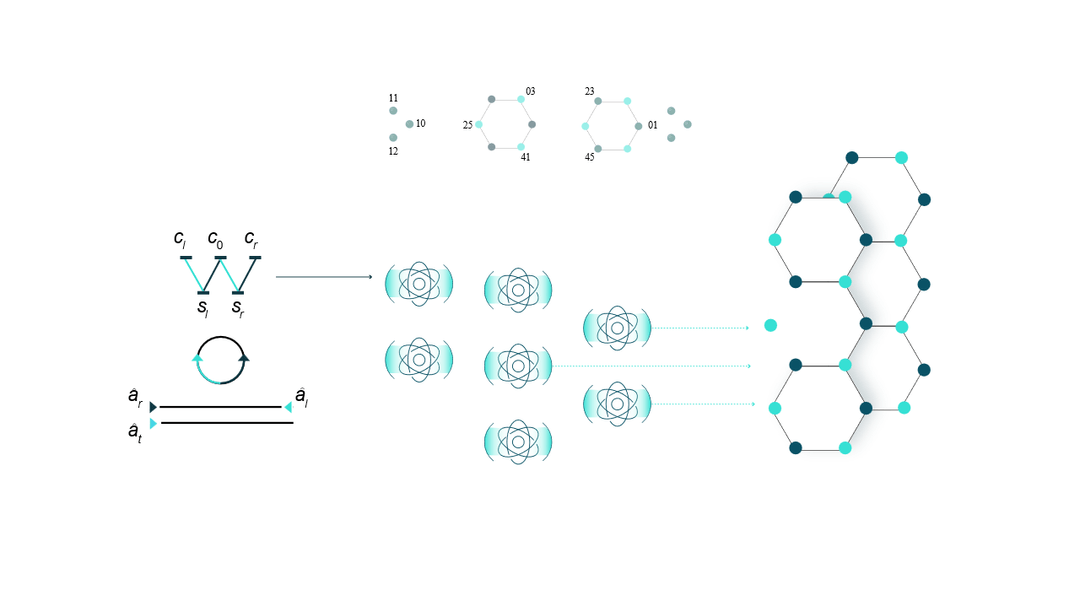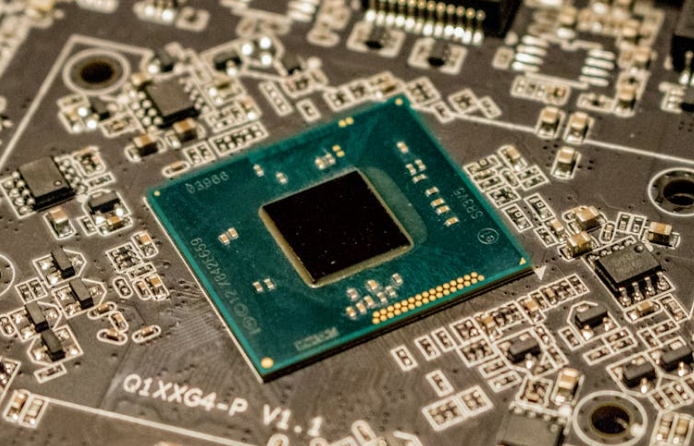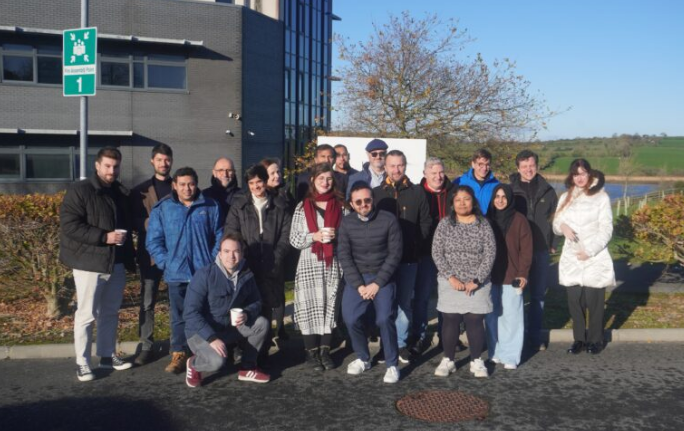Insider Brief:
- A recent study from Quantum Source introduces a deterministic, atom-mediated architecture that replaces probabilistic photon interactions with high fidelity photon-atom gates.
- The system uses single rubidium-87 atoms coupled to in resonators to generate single photons and entangle them through SWAP and CZ gates.
- Modular nodes can be reconfigured in real time to serve as photon sources, gate units, or stitching modules, supporting flexible architectures.
- High-fidelity operation is preserved under realistic conditions, with process fidelities exceeding 99.6% even when using photons in spectrally mixed states.
The challenge in building scalable photonic quantum computers isn’t just hardware, it’s probability. For a field grounded in precision, relying on probabilistic generation and entanglement of photons introduces cascading inefficiencies. A new study from the Weizmann Institute and Quantum Source reframes this problem by introducing an atomic intermediary, acting not just as a photon source, but as a computational gatekeeper. The result is a modular, deterministic method for generating entangled photonic graph states, without needing photons to directly interact.
The Cost of Probability in Quantum Architectures
Photonic quantum computing benefits from inherent properties. Photons are resilient to decoherence, can be routed at room temperature, and are easily manipulated using mature photonics technologies. However, their lack of mutual interaction makes entangling them especially difficult. Current architectures rely heavily on single-photon sources that operate probabilistically, often based on down-conversion, where the chance of producing a single photon per pulse is low, and multi-photon emissions must be actively filtered. Even when multiplexed, such systems demand notable switching overhead and complex cryogenic detection infrastructure.
Entanglement methods compound the issue. They typically depend on quantum interference via beam splitters and post-selection, which introduces further probabilism and loss. Every successful entangled pair may require thousands of attempts. Scaling this to the millions of entangled qubits needed for quantum error correction becomes both technically and economically unsustainable.

The Atom as Engine of Deterministic Quantum Logic
In a recent joint study by the Weizmann Institute of Science and Quantum Source, scientists Aqua and Dayan present an alternative solution as a multigate quantum node built around a single atom coupled to an optical resonator. This node supports both deterministic photon generation and deterministic entanglement through photon-atom interactions. Its design enables:
Deterministic single-photon generation: each atomic excitation yields exactly one photon, eliminating the need for multiplexing or heralding.
Two key photon-atom gates:
- A SWAP gate implemented through Single-Photon Raman Interaction (SPRINT), where the photon toggles the atomic qubit.
- A Controlled-Z (CZ) gate, using a conditional phase shift dependent on the atomic state.
These gates operate on nanosecond timescales and are compatible with photons in mixed temporal or spectral states. The use of rubidium-87 atoms, with well-characterized transitions, ensures spectral uniformity across nodes. Importantly, this configuration lifts the requirement for photon indistinguishability, which is one of the more limiting constraints in conventional linear-optics-based approaches.
A Repeatable Architecture for Graph State Assembly
To construct photonic graph states, which are essential to measurement-based quantum computing, the node architecture performs two operations in sequence: first, a photon is entangled with an atomic qubit via a CZ gate; then, a SWAP operation maps the atomic state into a new photonic qubit, preserving the entanglement structure. These operations can be repeated or scaled across multiple interconnected nodes.
The authors demonstrate this capability through a six-node protocol to generate a six-ring graph state. Three nodes serve as photon sources, while three act as entangling gate units. This process is deterministic at each step, and thanks to the modularity of the design, can be scaled or adapted to larger graph state constructions.
The Thread That Binds
Graph states do not need to be created in monolithic batches. The system supports a process the authors call stitching, which is a deterministic, nondestructive method to connect graph states generated by separate modules. Unlike fusion-based methods that rely on destructive photon measurements and precise temporal control, stitching routes photonic qubits through a shared atomic gate. The atom acts as a transient entangling mediator. After a pair of photons from different modules interact with the atom through CZ gates, the entanglement is finalized by swapping the atomic state into a new photonic qubit. This way preserves coherence, tolerates photon variability, and avoids photon loss.
Because all atoms are identical and centrally controlled, photons emitted from one module can be reliably entangled via atoms in another. This provides a clear path toward modular, scalable photonic architectures without sacrificing fidelity or increasing physical overhead.
Robust by Nature: Gate Fidelity Without Spectral Perfection
Notably, the architecture aligns with real-world constraints. The photon-atom gates are resilient against spectral impurity in the photon wavepackets. High-fidelity gate operation depends only on the photon’s power spectrum, not full spectral coherence, relaxing the need for precise waveform shaping or tight synchronization.
Extracted photons can also be made compatible with standard two-photon interference methods through temporal quantum erasure, allowing the system to interface with existing photonic platforms that rely on post-selection.
Simulation results show process fidelities exceeding 99.6% for SWAP gates and 99.8% for CZ gates. Deterministic single-photon generation succeeds with better than 99% probability using coherent pulses with average photon number around five. These figures are based on realistic parameters for rubidium-87 and commercially viable resonator designs.
Modular by Design for Photonic Scale-Up
The architecture is inherently modular and tunable. Resource allocation can be adapted to available hardware or application-specific constraints. A higher number of nodes shortens generation time, while fewer nodes allow reuse at the cost of longer sequences. This enables dynamic trade-offs between speed, hardware complexity, and error rates.
Modules can be co-located on a photonic chip or distributed across nodes connected by fiber. The system supports hybrid topologies, with waveguide interconnects for chip-scale integration and fiber links for long-range entanglement and memory compatibility. Because all nodes follow a uniform structure, they can be reconfigured in real time to serve as sources, gates, or stitching interfaces.
The Atom as Arbiter
This atom-mediated approach reframes the challenge of photonic quantum computing by reassigning interaction to the one element that can reliably handle it: the atom. By removing the need for photons to interfere probabilistically, it eliminates the key bottleneck to scale.
The scheme is deterministic, fast, and built for modular deployment. At a time when the field is still wrestling with how to make photonic architectures scale, this model provides a viable example of how to reduce physical overhead while preserving quantum coherence. In this vision, photons still carry the computation, but atoms make it possible.

















